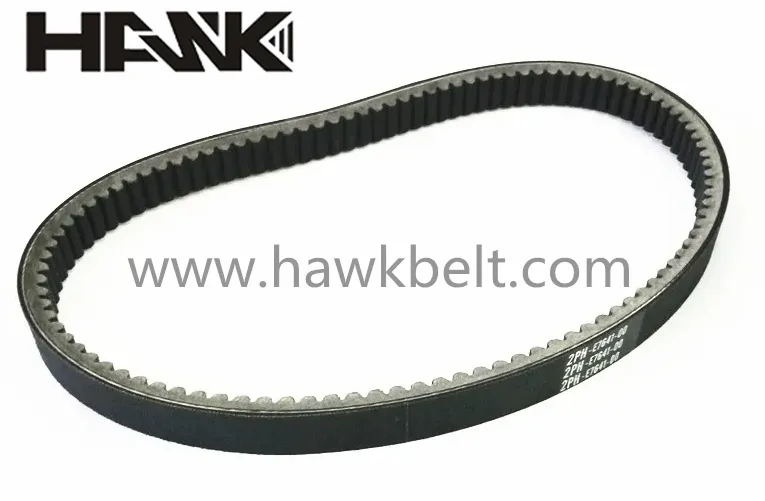- Arabic
- French
- Russian
- Spanish
- Portuguese
- Turkish
- Armenian
- English
- Albanian
- Amharic
- Azerbaijani
- Basque
- Belarusian
- Bengali
- Bosnian
- Bulgarian
- Catalan
- Cebuano
- Corsican
- Croatian
- Czech
- Danish
- Dutch
- Afrikaans
- Esperanto
- Estonian
- Finnish
- Frisian
- Galician
- Georgian
- German
- Greek
- Gujarati
- Haitian Creole
- hausa
- hawaiian
- Hebrew
- Hindi
- Miao
- Hungarian
- Icelandic
- igbo
- Indonesian
- irish
- Italian
- Japanese
- Javanese
- Kannada
- kazakh
- Khmer
- Rwandese
- Korean
- Kurdish
- Kyrgyz
- Lao
- Latin
- Latvian
- Lithuanian
- Luxembourgish
- Macedonian
- Malgashi
- Malay
- Malayalam
- Maltese
- Maori
- Marathi
- Mongolian
- Myanmar
- Nepali
- Norwegian
- Norwegian
- Occitan
- Pashto
- Persian
- Polish
- Punjabi
- Romanian
- Samoan
- Scottish Gaelic
- Serbian
- Sesotho
- Shona
- Sindhi
- Sinhala
- Slovak
- Slovenian
- Somali
- Sundanese
- Swahili
- Swedish
- Tagalog
- Tajik
- Tamil
- Tatar
- Telugu
- Thai
- Turkmen
- Ukrainian
- Urdu
- Uighur
- Uzbek
- Vietnamese
- Welsh
- Bantu
- Yiddish
- Yoruba
- Zulu
Dis . 05, 2024 07:45 Back to list
Innovative Solutions for Enhanced Industrial Conveyor and Power Transmission Belts
The Importance of Industrial Belts in Modern Manufacturing
Industrial belts play a crucial role in the functioning of modern manufacturing and production systems. These belts, which include various types such as flat belts, V-belts, timing belts, and conveyor belts, are essential for the efficient transmission of power and movement in machinery. Their significance can be seen in numerous industries, ranging from automotive to food processing, and understanding their applications and benefits is key to appreciating their impact on industrial operations.
Types of Industrial Belts
1. Flat Belts Commonly used in older machinery, flat belts transfer power from one pulley to another. They can be made from leather, rubber, or synthetic materials and are ideal for applications requiring high-speed operations with minimal slip.
2. V-Belts Recognizable by their trapezoidal cross-section, V-belts are widely used due to their ability to grip pulleys securely and transmit higher levels of power compared to flat belts. Their design allows for compact installations, making them essential in applications like HVAC systems, generators, and automotive engines.
3. Timing Belts These belts synchronize the rotation of components within machinery. Utilized extensively in automotive applications, timing belts ensure that engine parts, such as the camshaft and crankshaft, function cohesively, leading to optimal performance and reduced wear.
4. Conveyor Belts Arguably one of the most significant innovations in industrial transport systems, conveyor belts facilitate the movement of materials and products through manufacturing processes. They come in various materials, designs, and configurations to suit different production line needs, whether for heavy materials or delicate items.
Advantages of Using Industrial Belts
The integration of industrial belts into manufacturing systems brings numerous advantages
industrial belts

1. Efficiency Industrial belts enhance the overall efficiency of production processes by allowing for continuous motion and reliable power transmission. This reduces downtime and significantly increases productivity.
2. Versatility With various types of belts available, industries can select belts that best fit their specific requirements, whether for high-speed operations, heavy loads, or precise synchronization.
4. Safety Modern industrial belts are designed with safety features, such as built-in slip resistance and the ability to withstand harsh environments. This not only protects the equipment but also ensures the safety of workers involved in the manufacturing processes.
Future of Industrial Belts
As technology evolves, so too do the materials and designs of industrial belts. Innovations such as smart belts equipped with sensors and IoT technology are beginning to emerge, allowing for real-time monitoring of wear and performance. This advancement will enable predictive maintenance, further enhancing operational efficiency.
Sustainability is also becoming a critical focus in industrial belt production. Manufacturers are increasingly seeking eco-friendly materials and processes, resulting in belts that not only meet performance standards but also align with environmental goals.
Conclusion
Industrial belts are indispensable components of contemporary manufacturing systems. Their versatility, efficiency, and cost-effectiveness make them essential for a wide range of industrial applications. As industries continue to innovate and adapt to modern challenges, industrial belts will undoubtedly evolve, improving their functionality and supporting enhanced productivity in an increasingly competitive landscape. Understanding their significance is crucial for any stakeholder involved in manufacturing, as these unassuming components are the backbone of efficient production.
-
Korean Auto Parts Timing Belt 24312-37500 For Hyundai/Kia
NewsMar.07,2025
-
7PK2300 90916-T2024 RIBBED BELT POLY V BELT PK BELT
NewsMar.07,2025
-
Chinese Auto Belt Factory 310-2M-22 For BMW/Mercedes-Benz
NewsMar.07,2025
-
Chinese Auto Belt Factory 310-2M-22 For BMW/Mercedes-Benz
NewsMar.07,2025
-
90916-02660 PK Belt 6PK1680 For Toyota
NewsMar.07,2025
-
drive belt serpentine belt
NewsMar.07,2025

